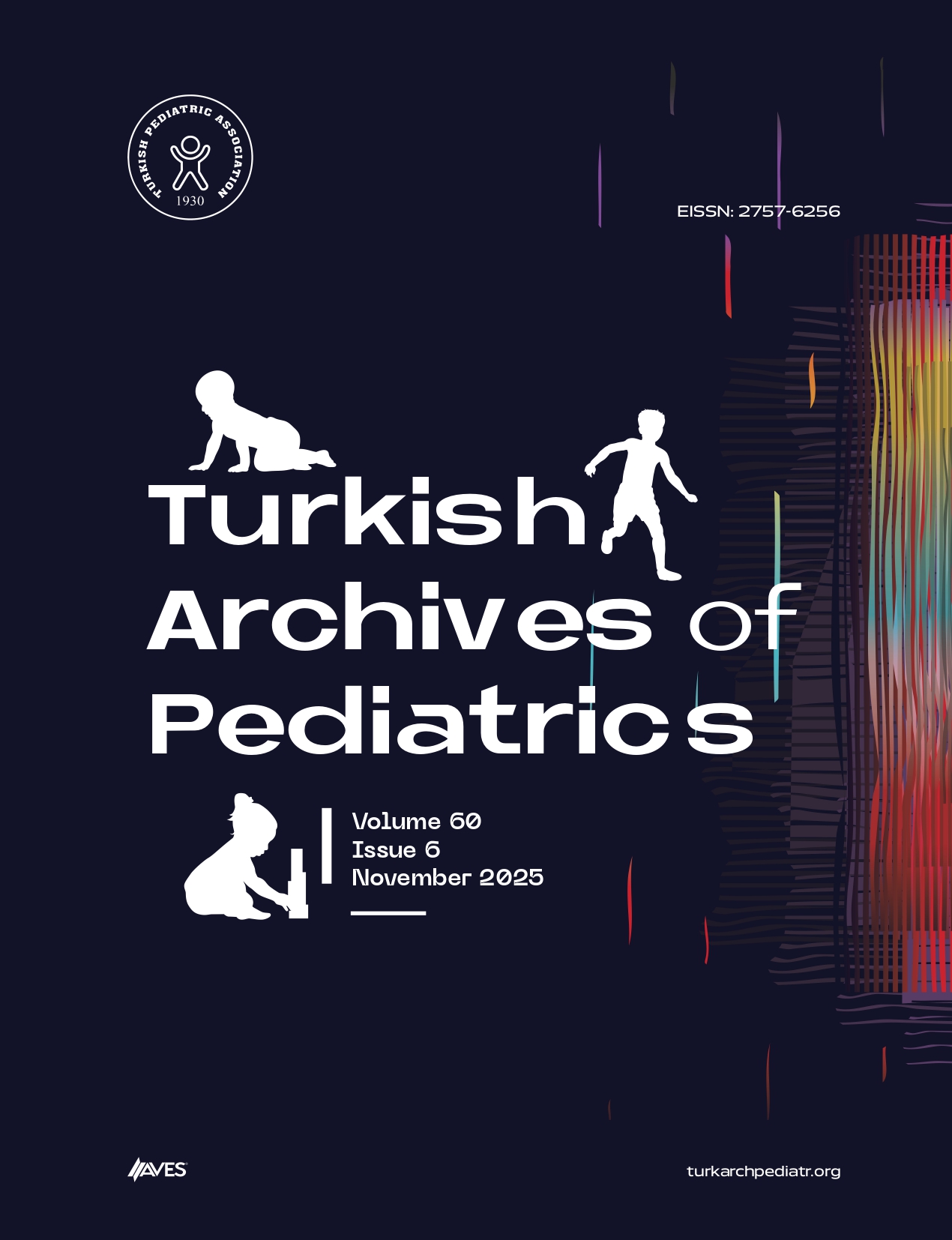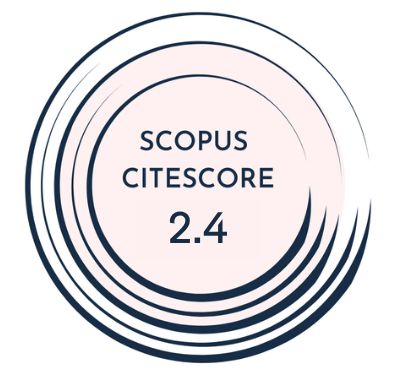Objective: Surfactant therapy (ST) is commonly used in late preterm (LPT) infants with respiratory distress despite a lack of definitive recommendation for these infants. Our aim was to establish a national prospective database to evaluate the use of surfactants in LPT infants.
Materials and Methods: A multicenter, prospective observational cohort study was conducted among LPT infants treated with surfactant between January 1, 2022, and December 31, 2022. Twenty neonatologists from 16 neonatal intensive care units (NICUs) participated in the study.
Results: During the study period, a total of 3327 LPT infants were admitted to the participating NICUs. Among them, 1866 infants experienced respiratory distress, and 288 received surfactant treatment. In this study, respiratory distress syndrome (RDS) was the most common indication for surfactant administration, affecting 158 infants (54.8%), followed by congenital pneumonia in 79 infants (27.4%) and transient tachypnea of the newborn (TTN) in 32 infants (11.1%).
Conclusion: We demonstrated that ST is administered with significant variability among LPT infants experiencing respiratory distress. Additionally, respiratory issues in LPT infants beyond RDS, such as congenital pneumonia and TTN, are also frequently treated with surfactant.
Cite this article as: Kavurt S, Demirel N, Çelik İH, et al. Surfactant therapy in late preterm infants with respiratory distress in Türkiye: An observational, prospective, multicenter study. Turk Arch Pediatr. 2025;60(2):164-171.



.png)

